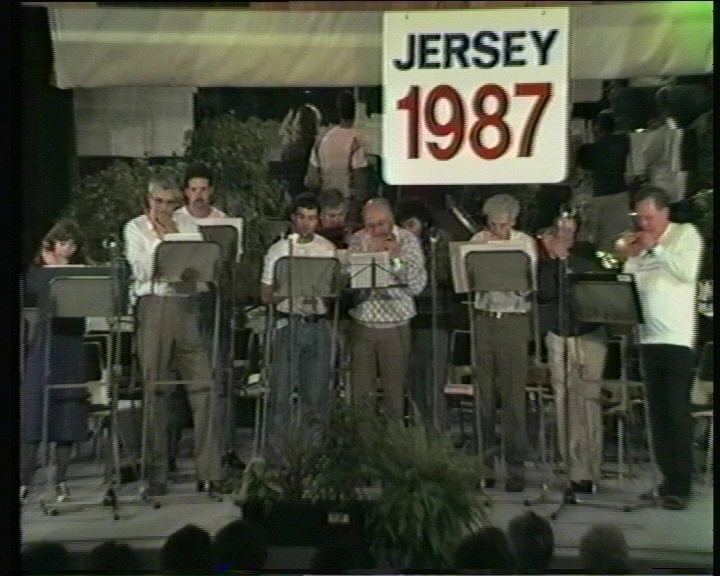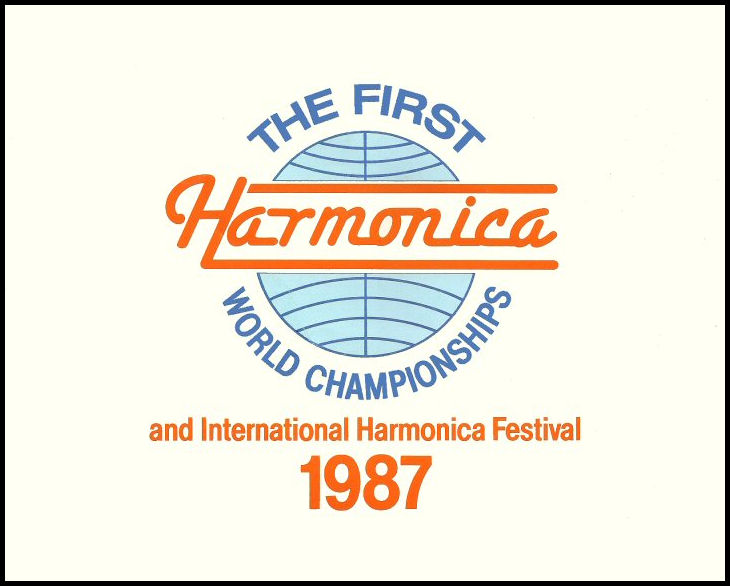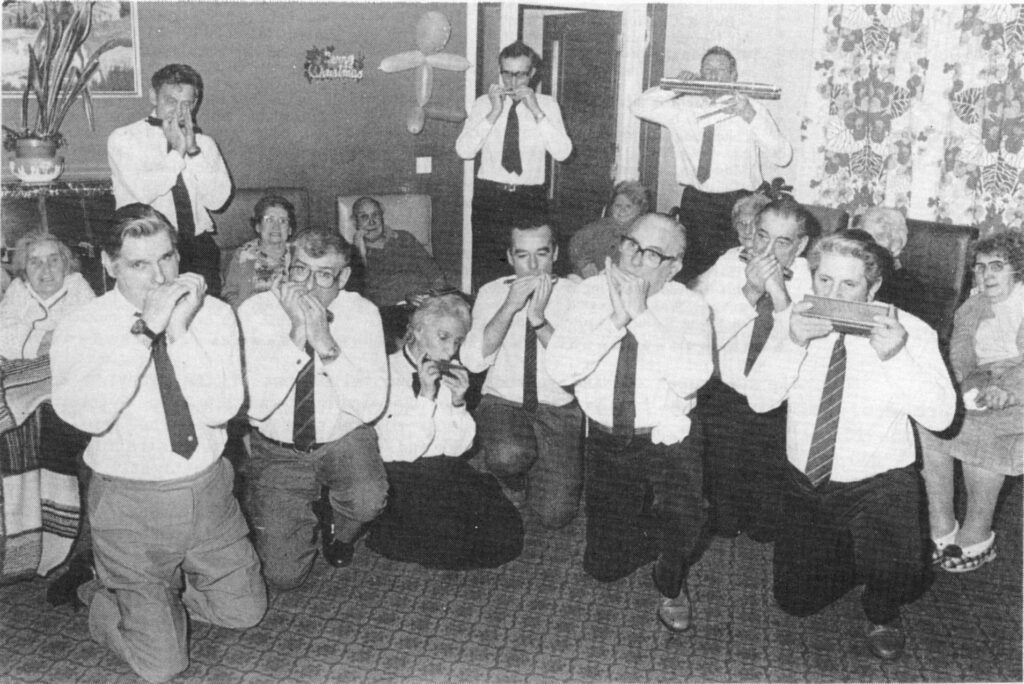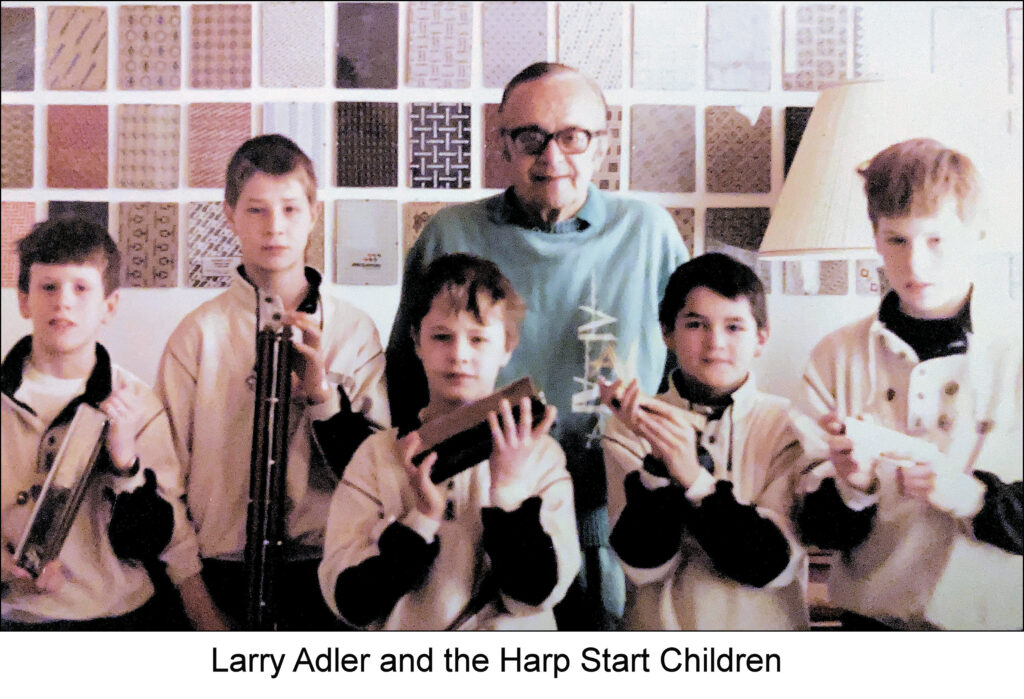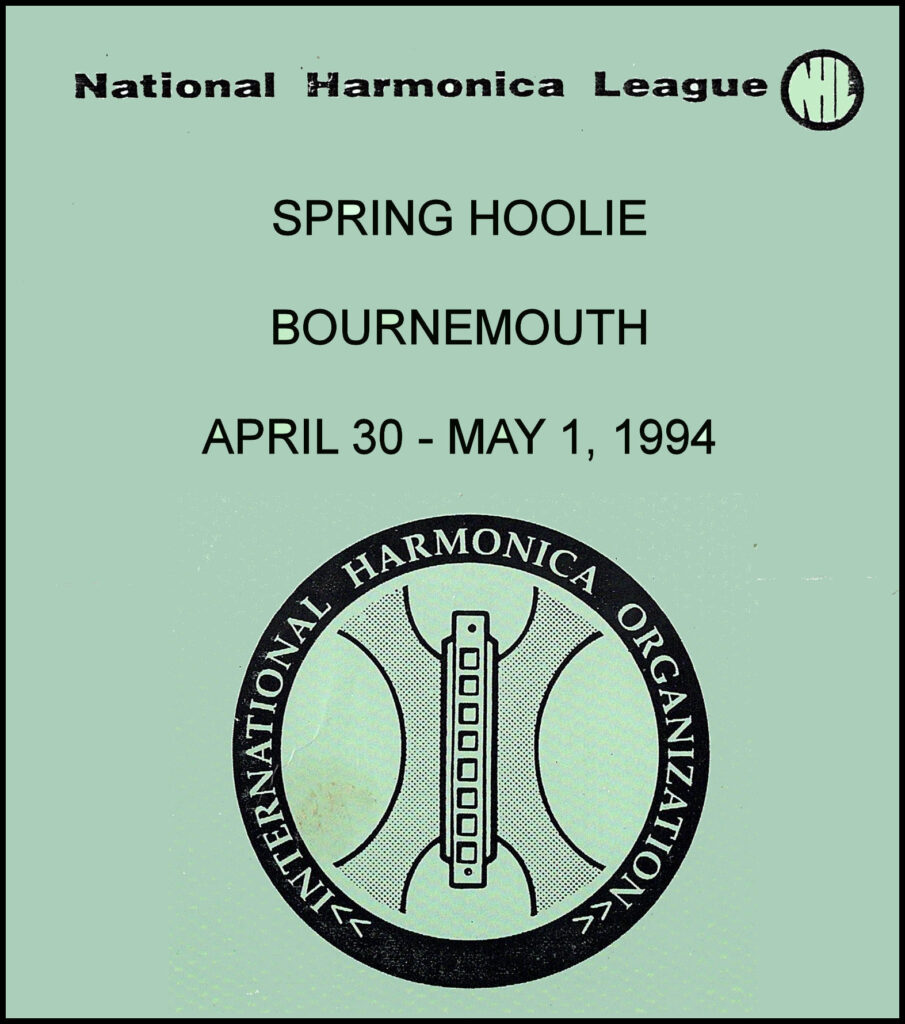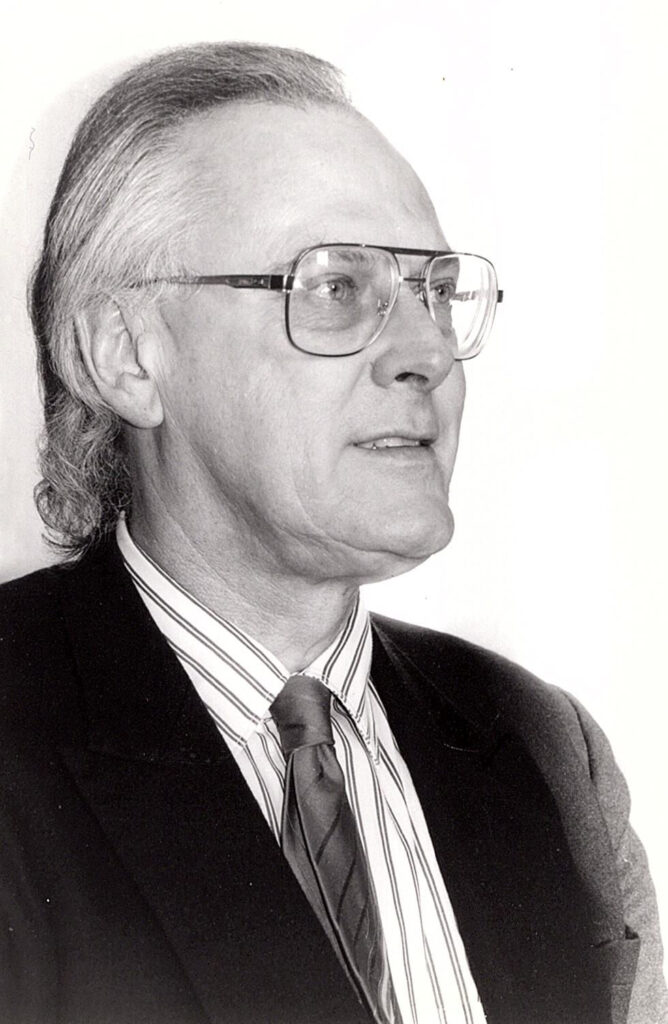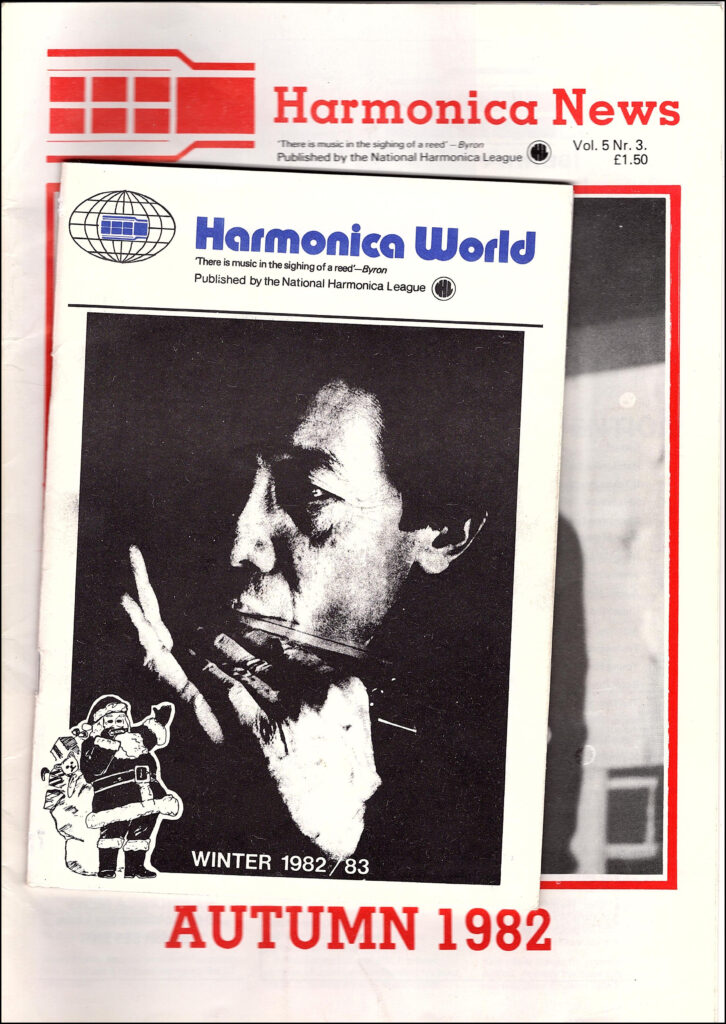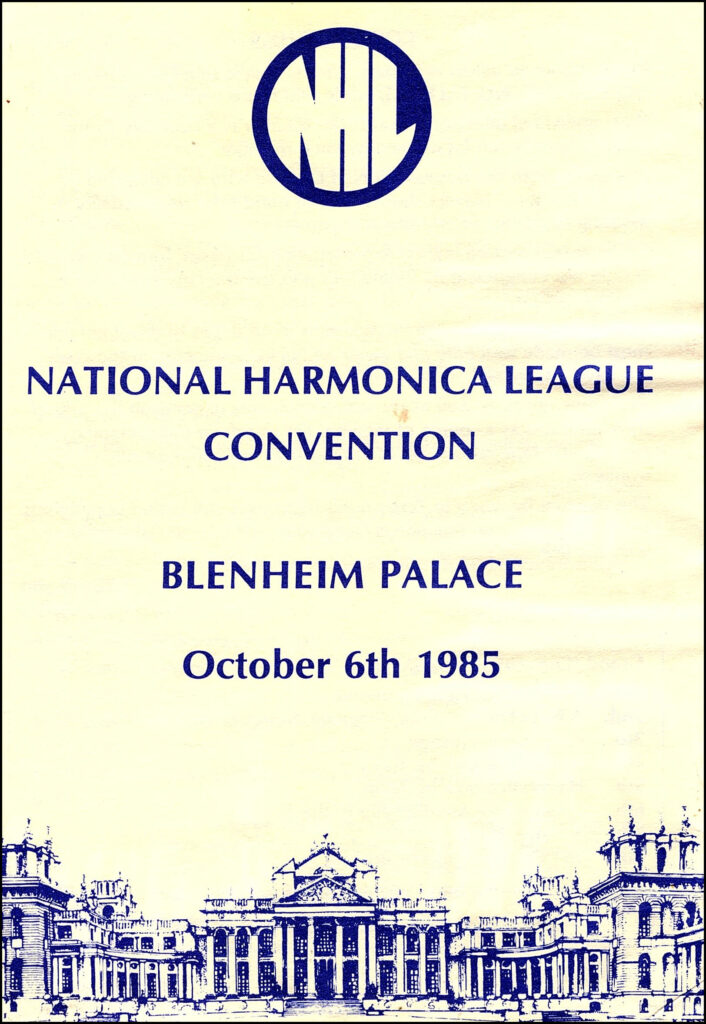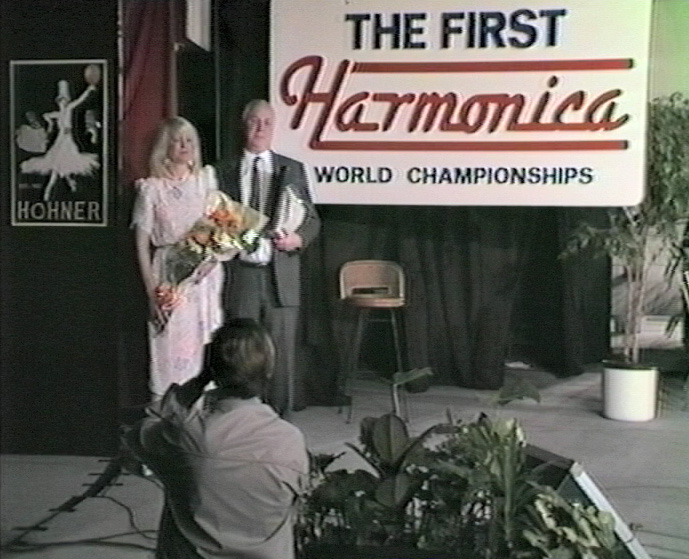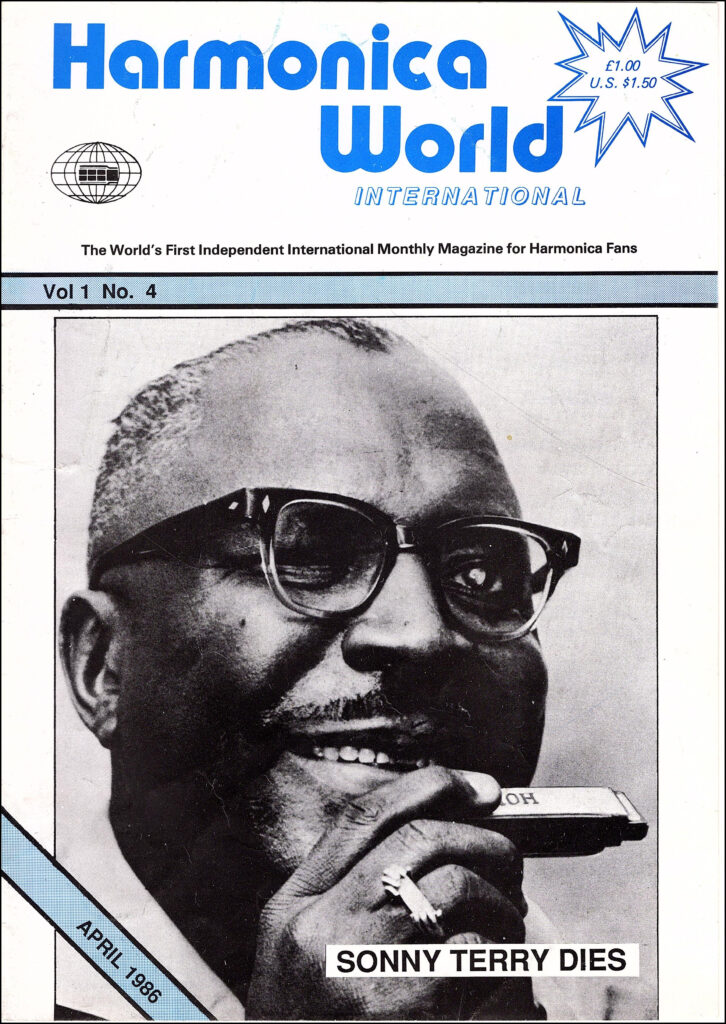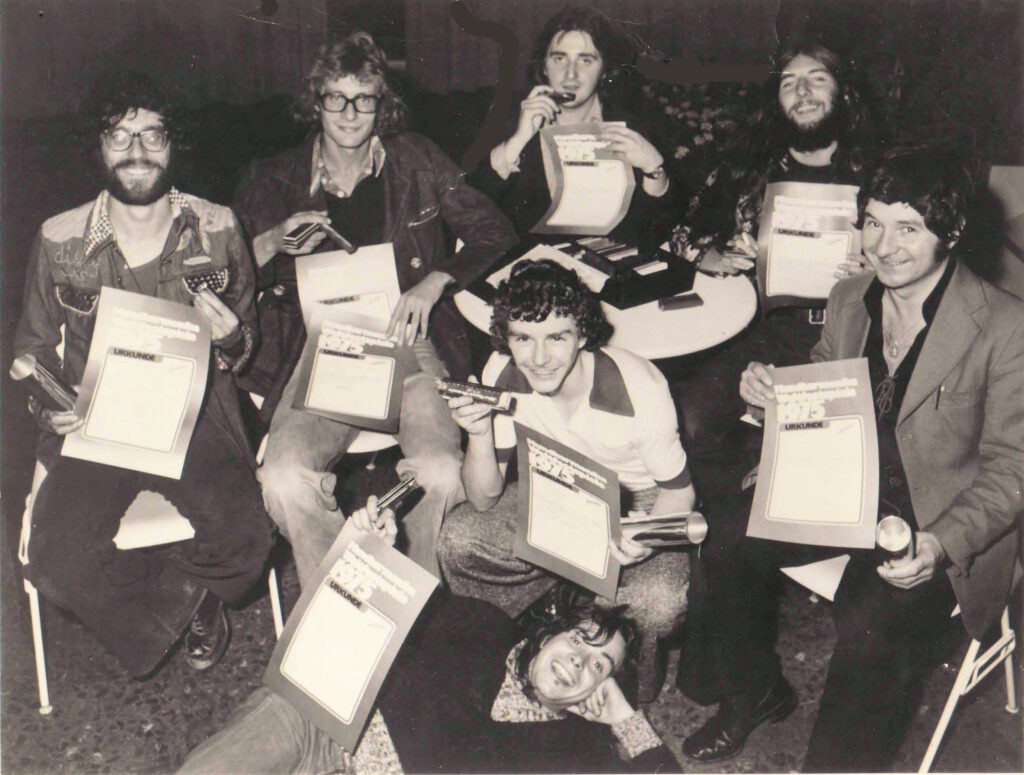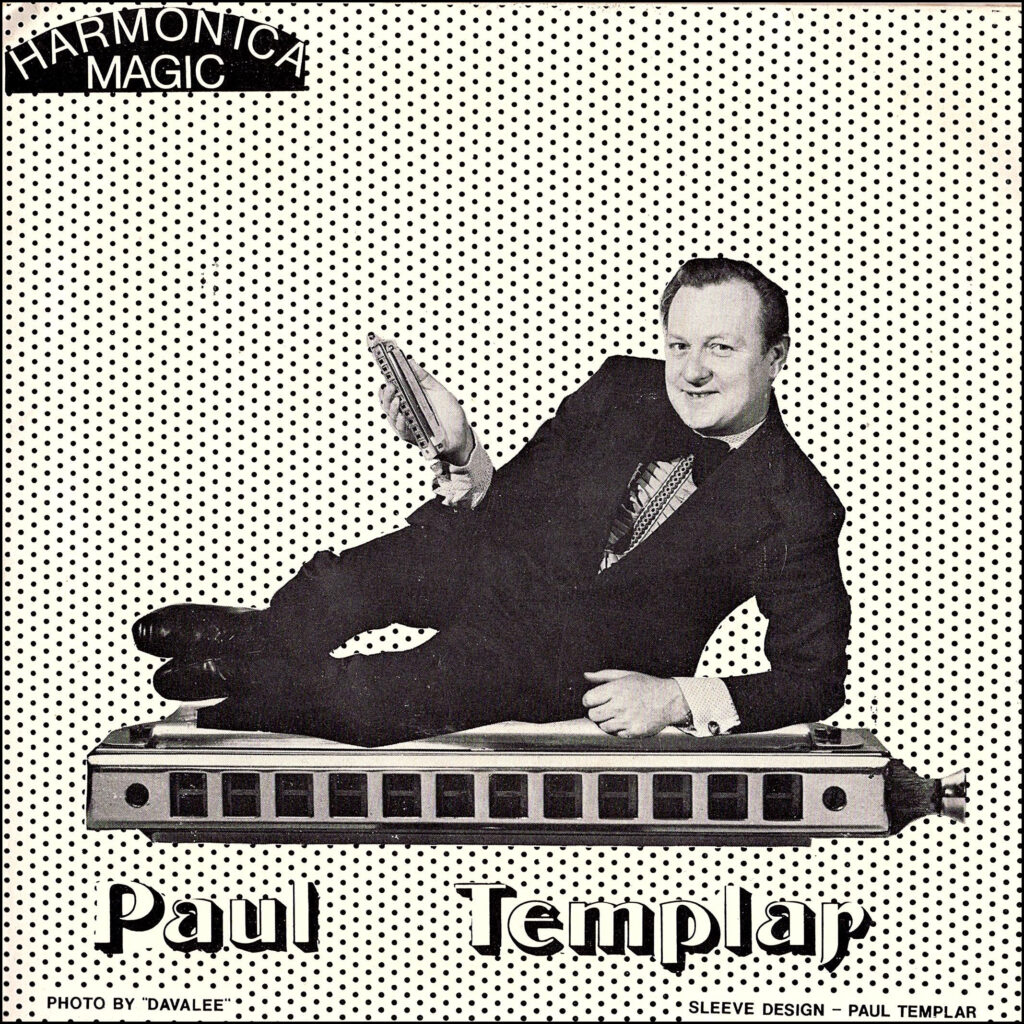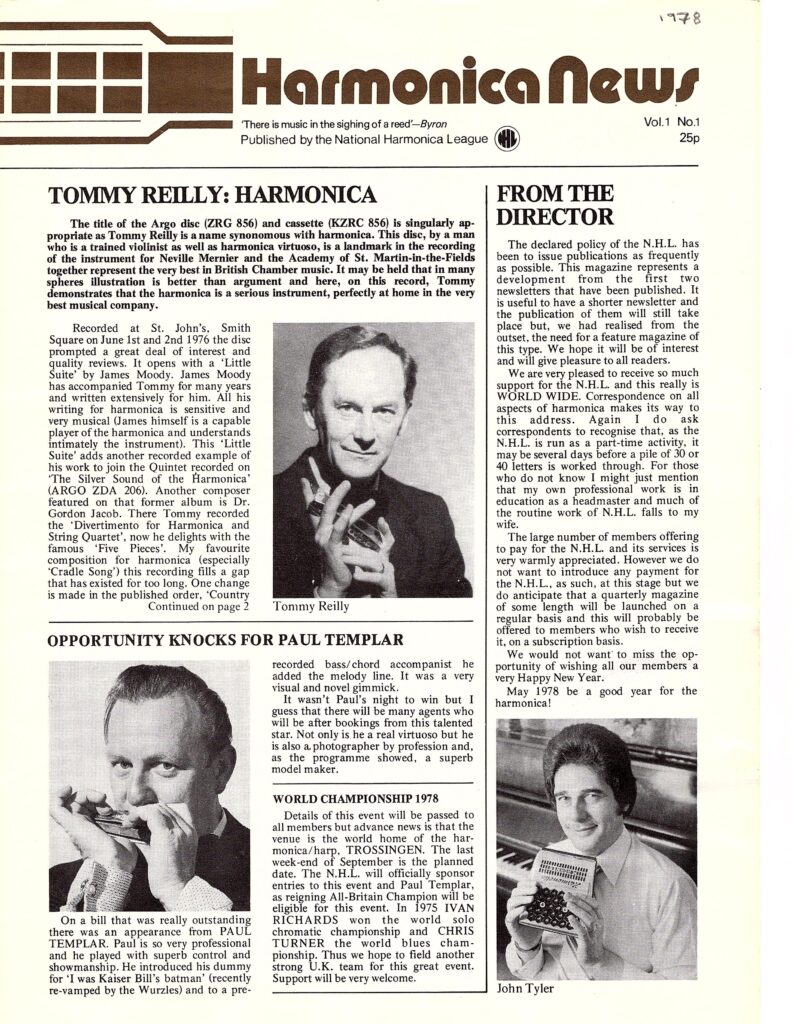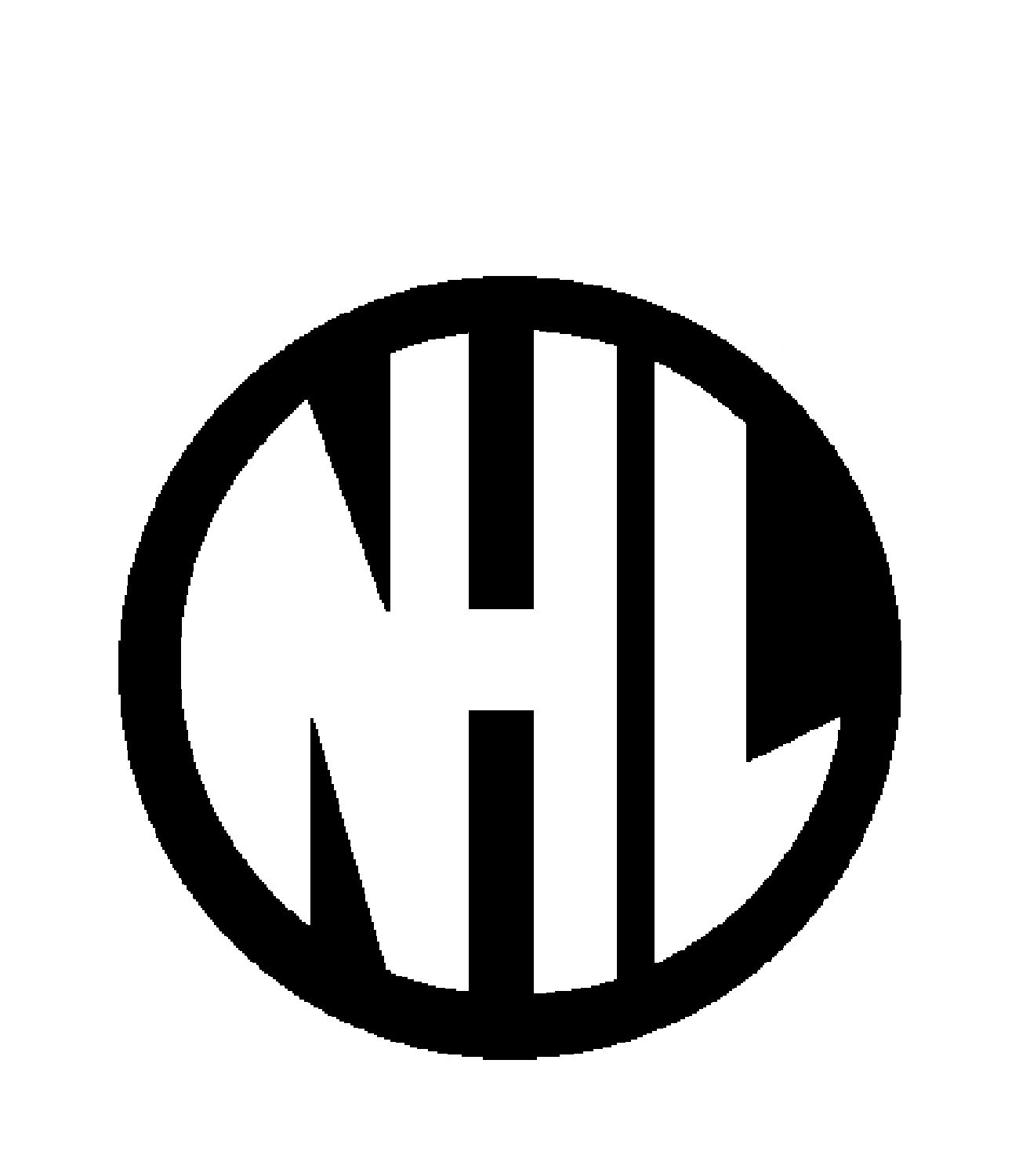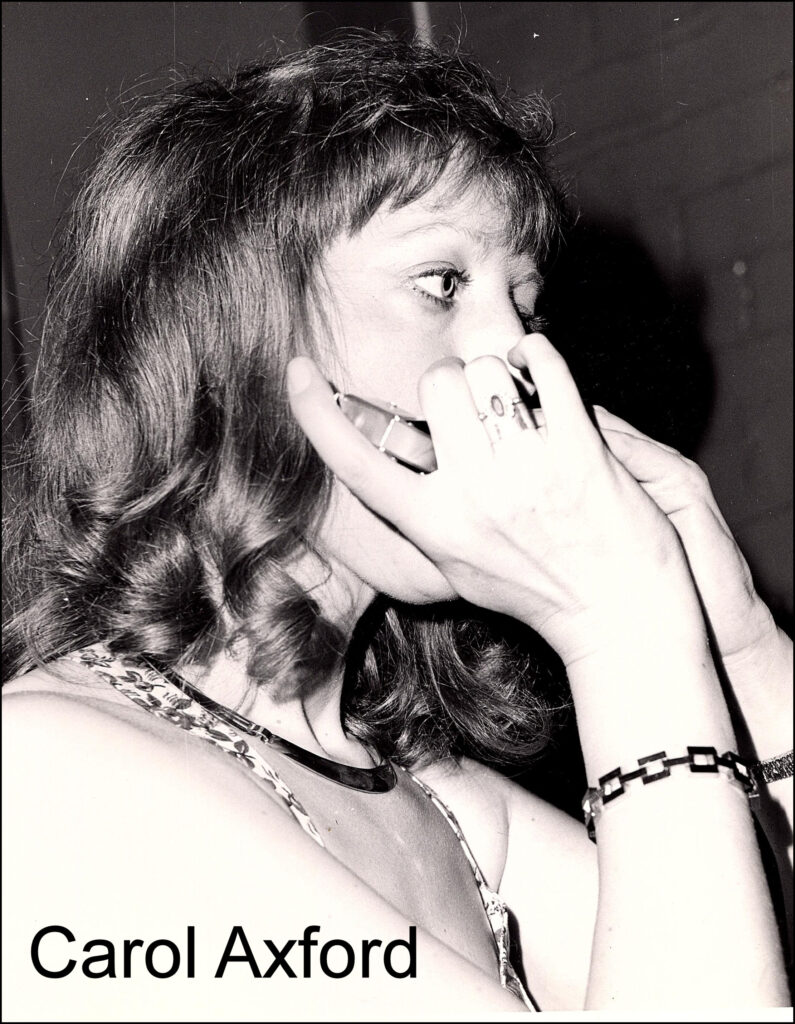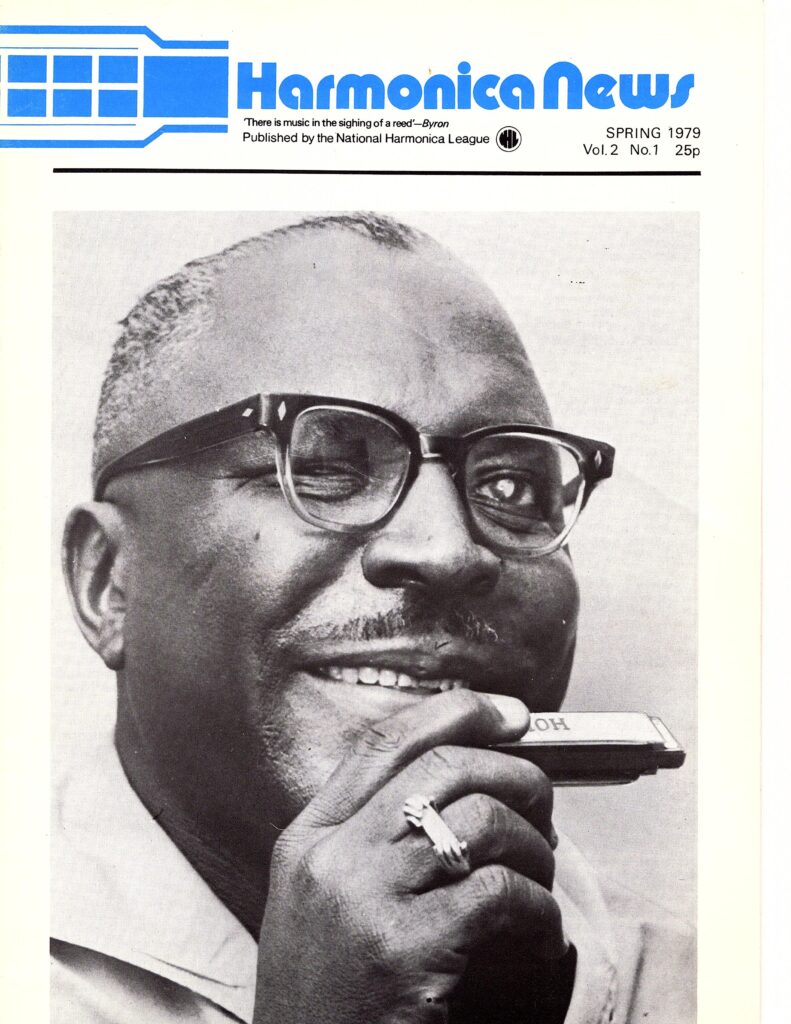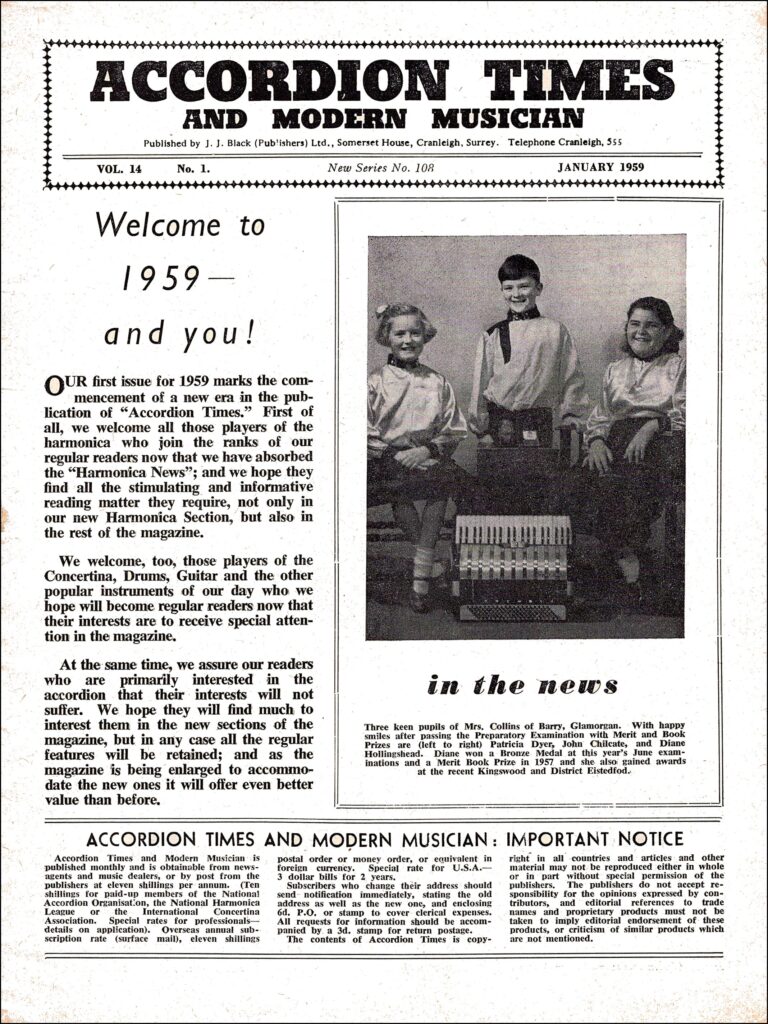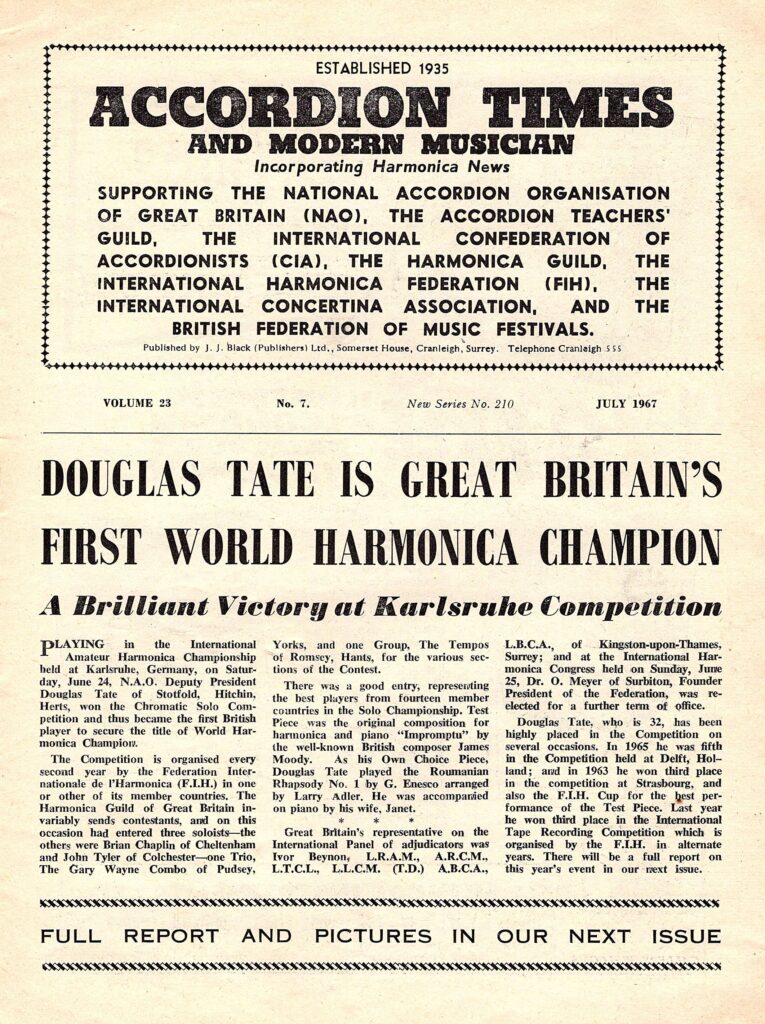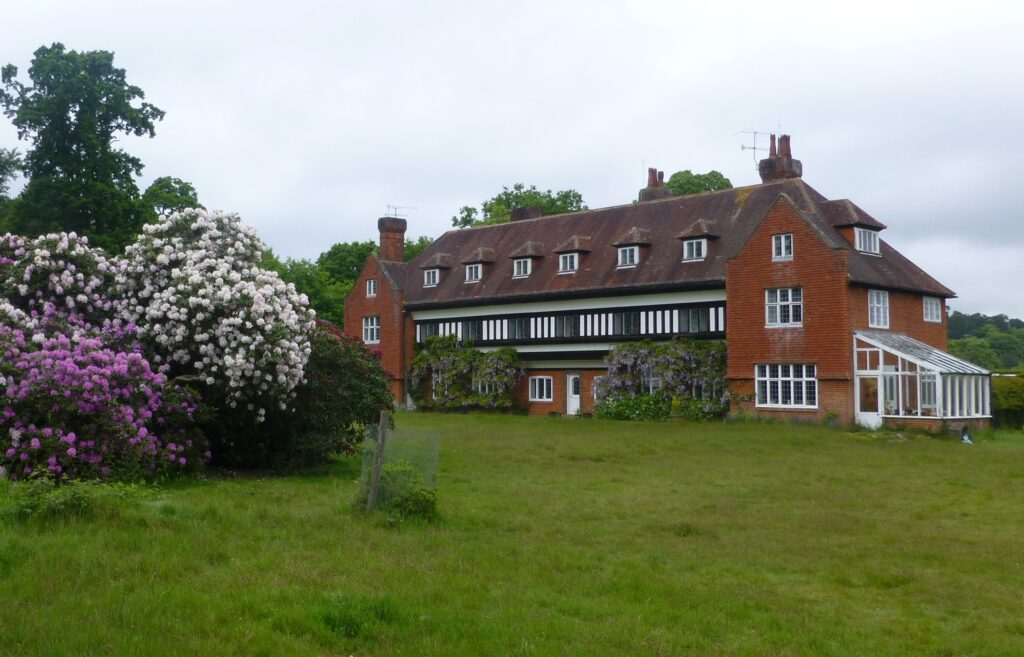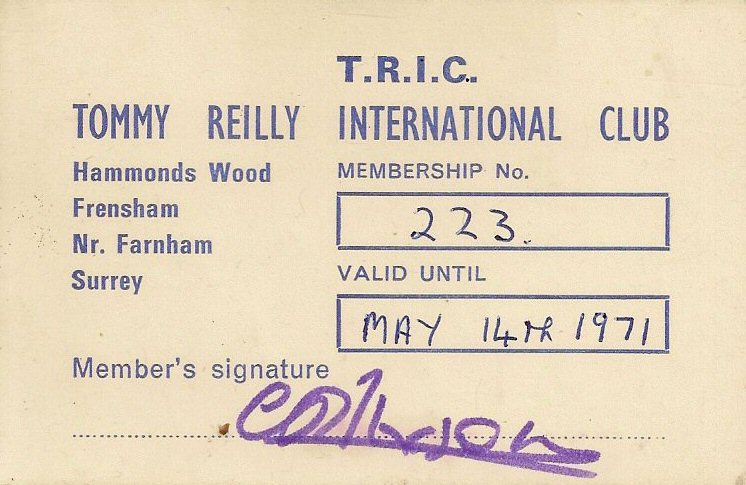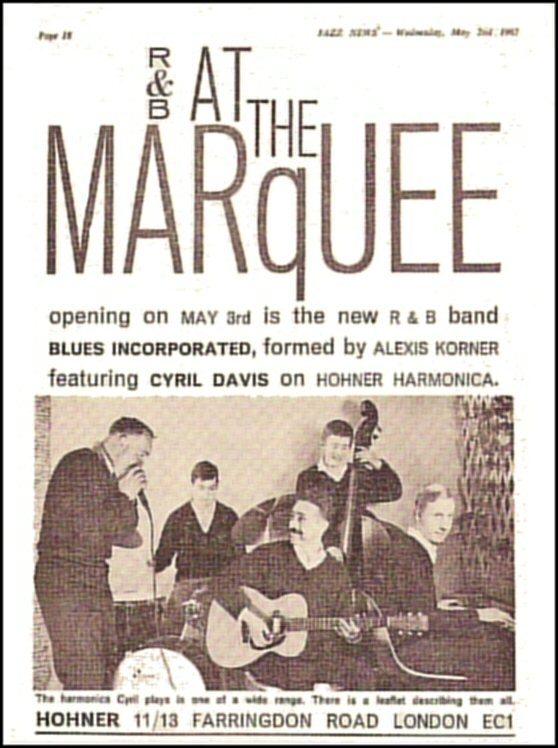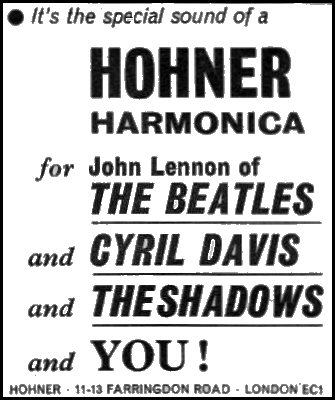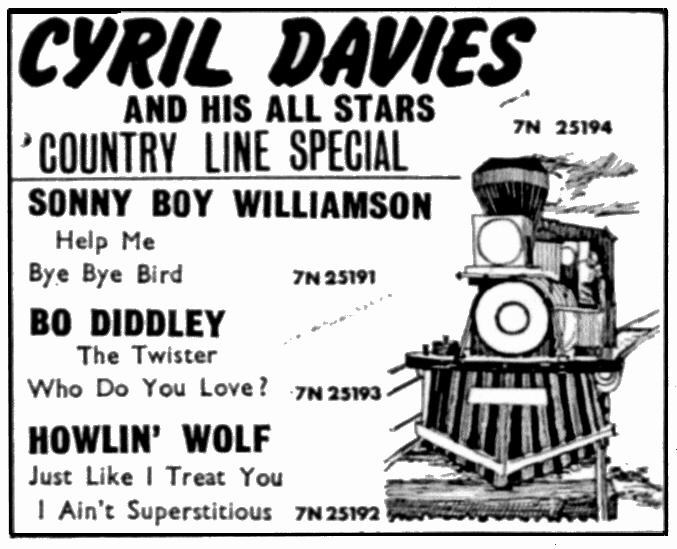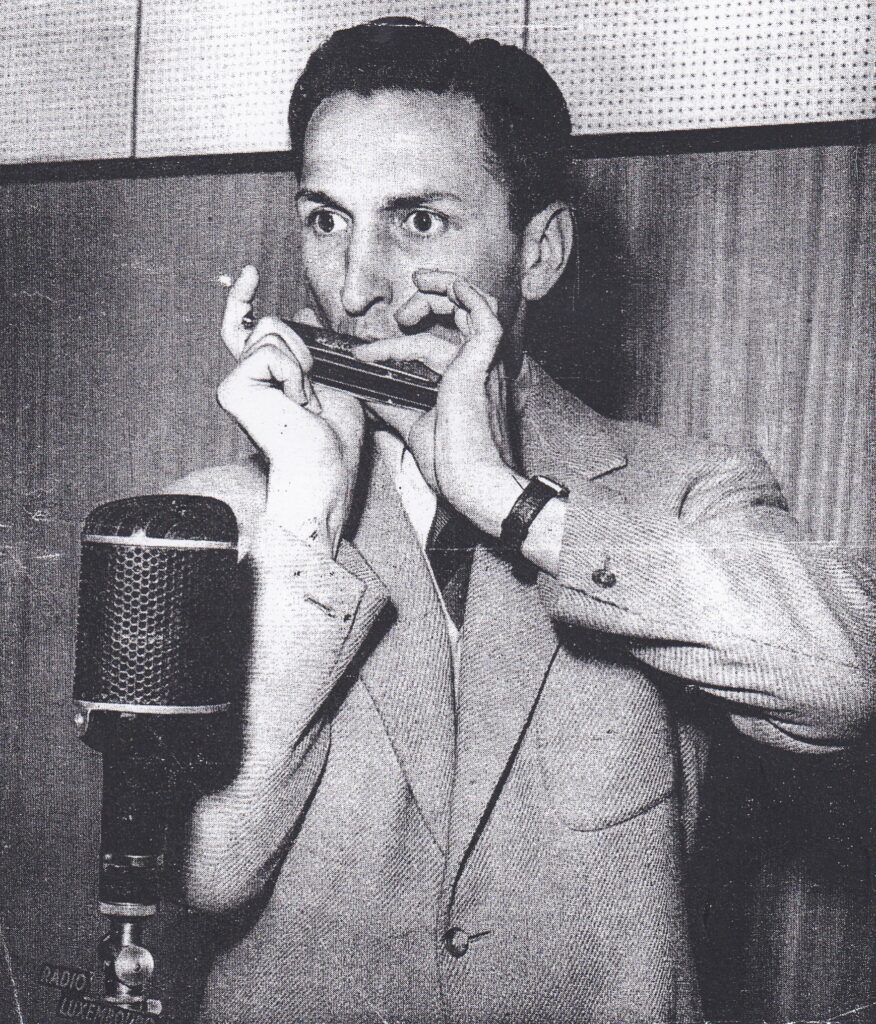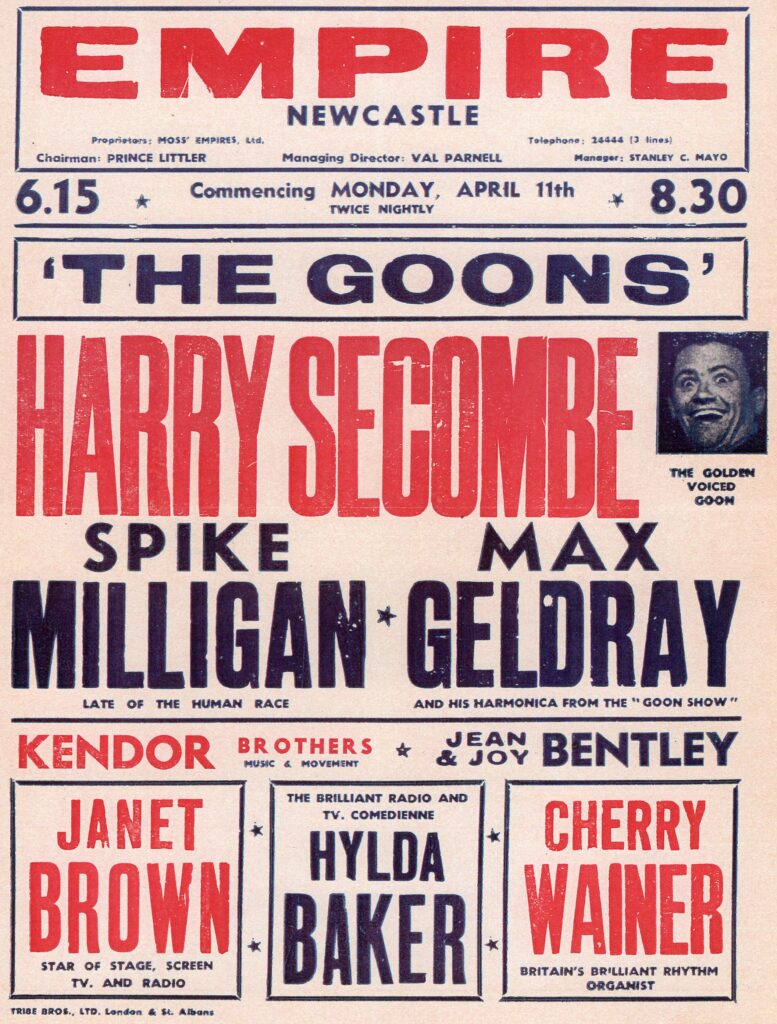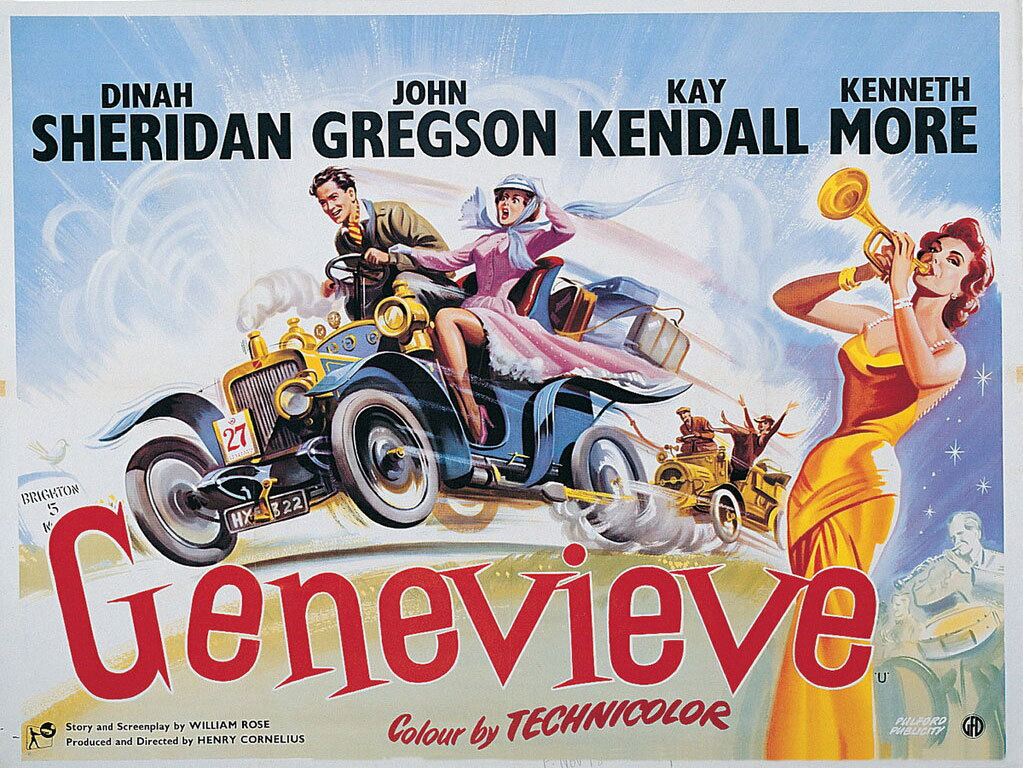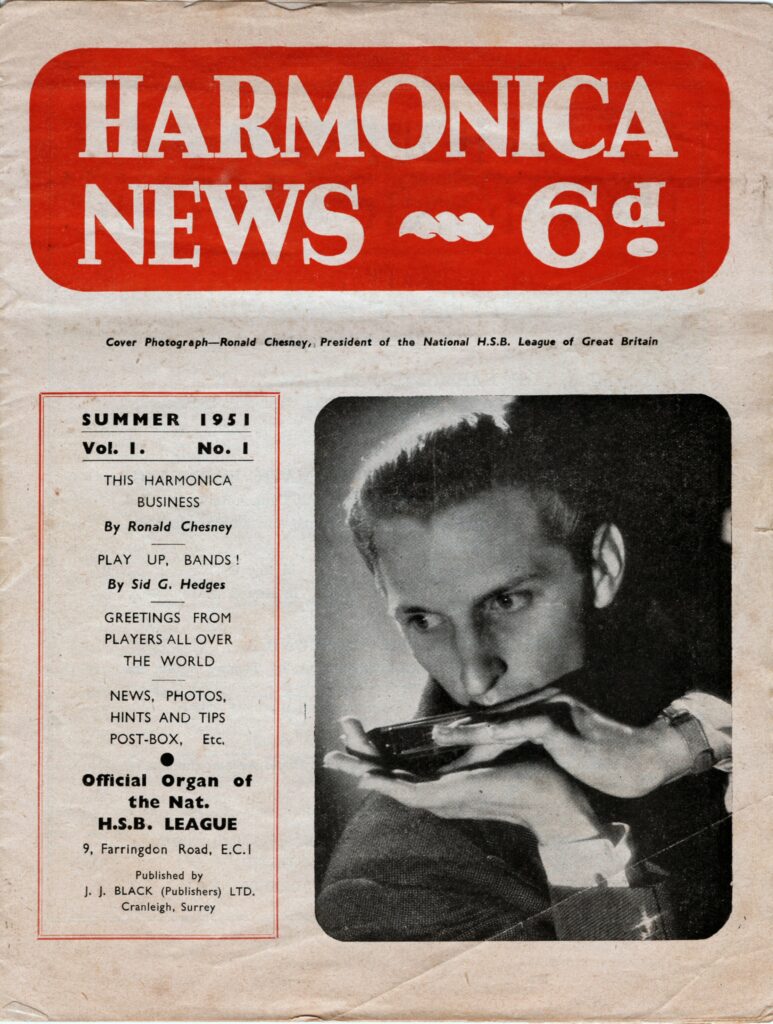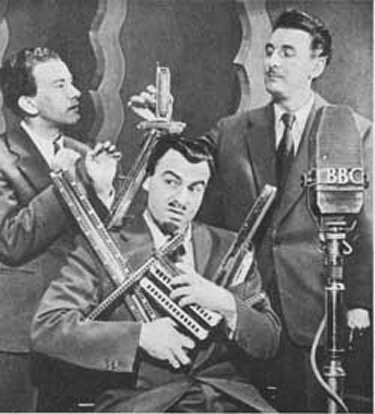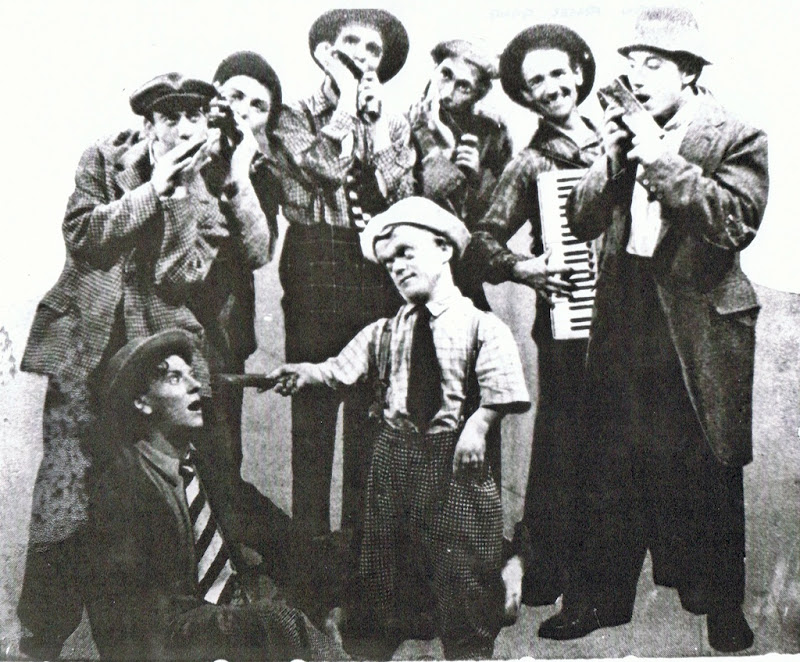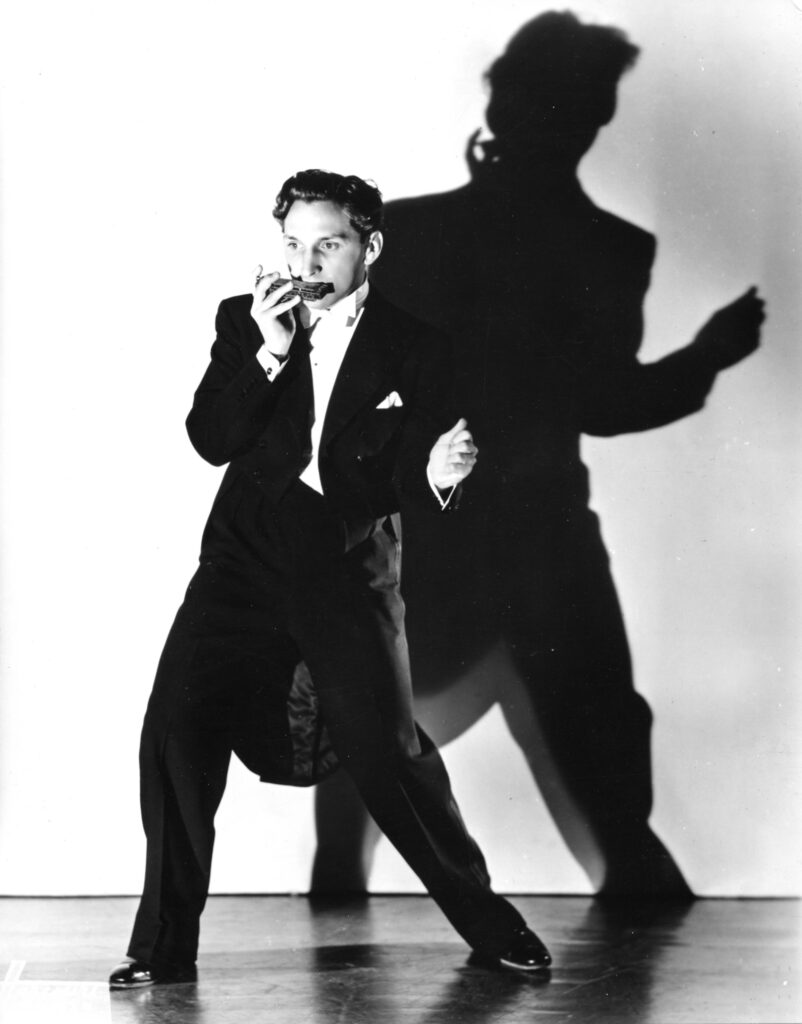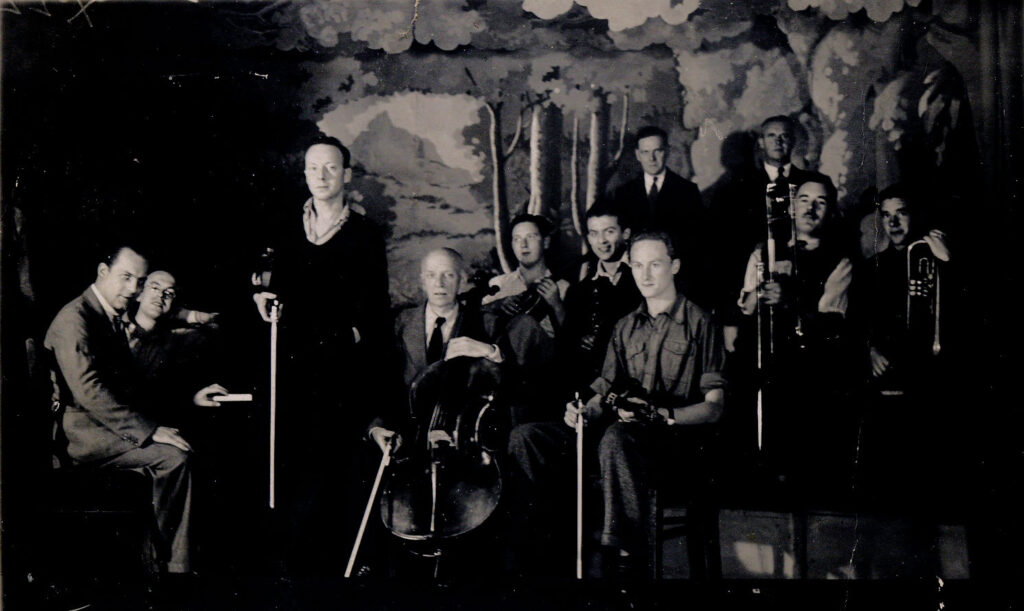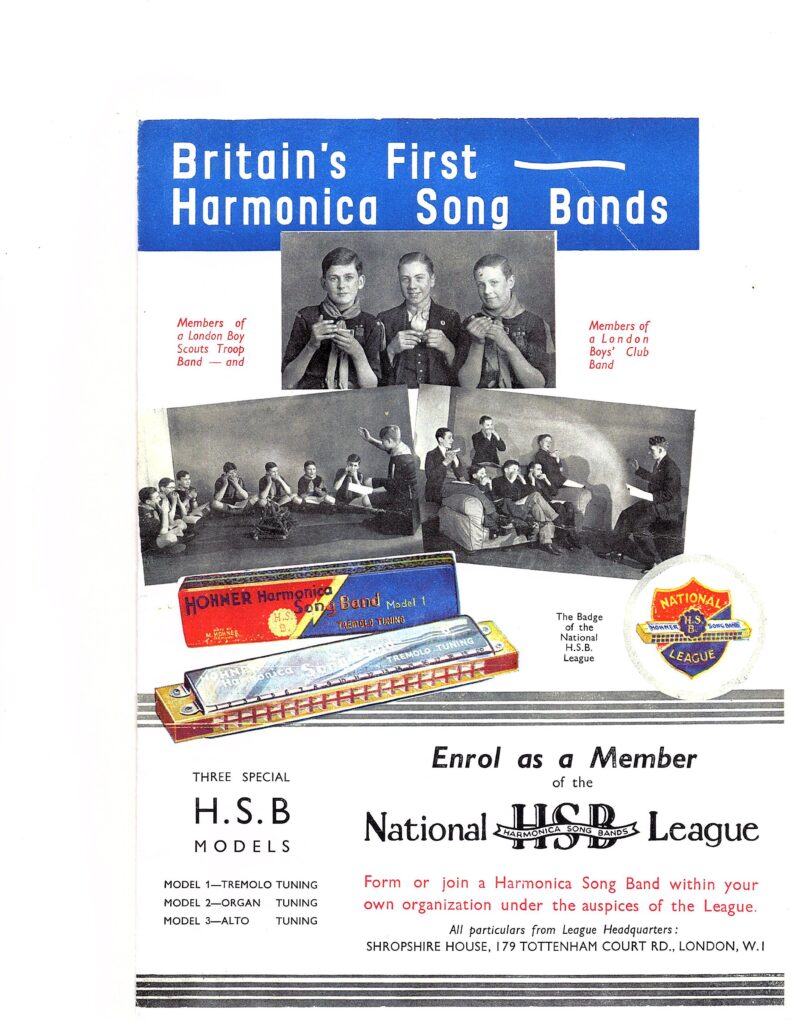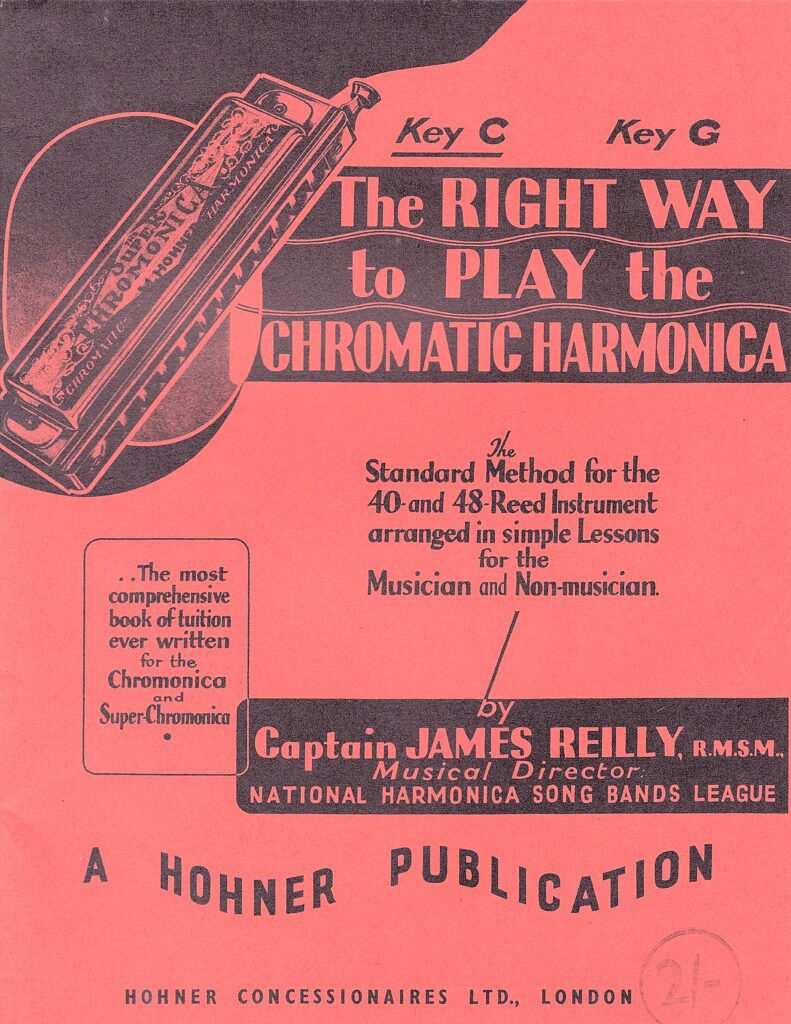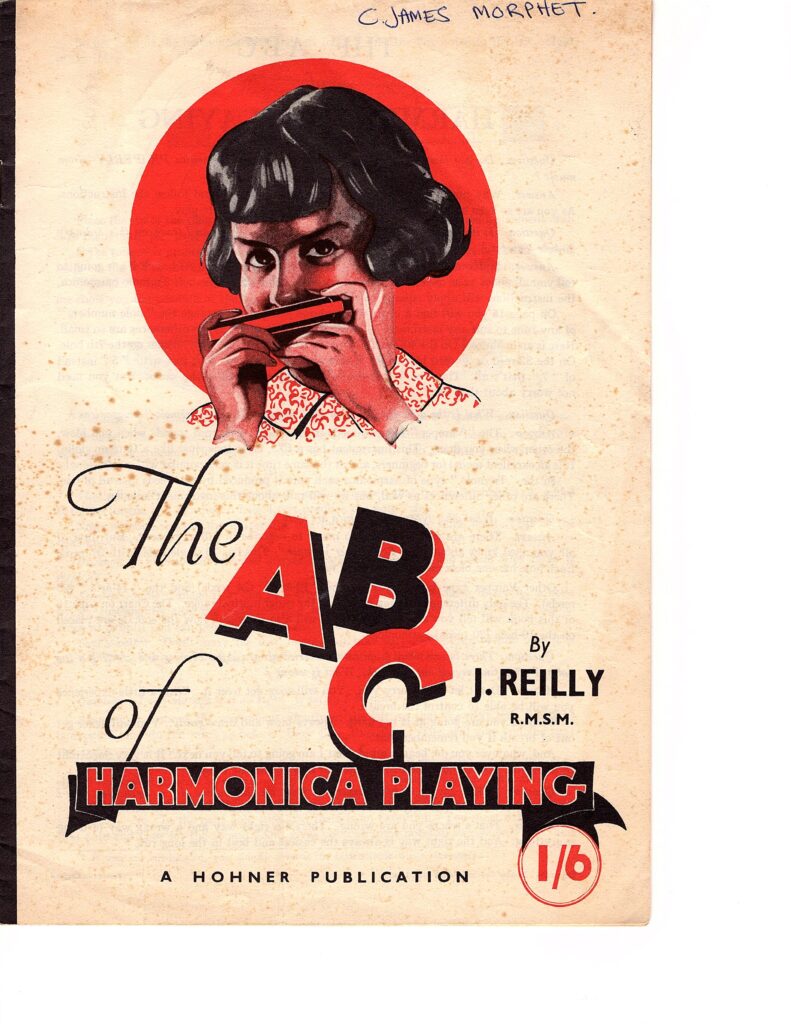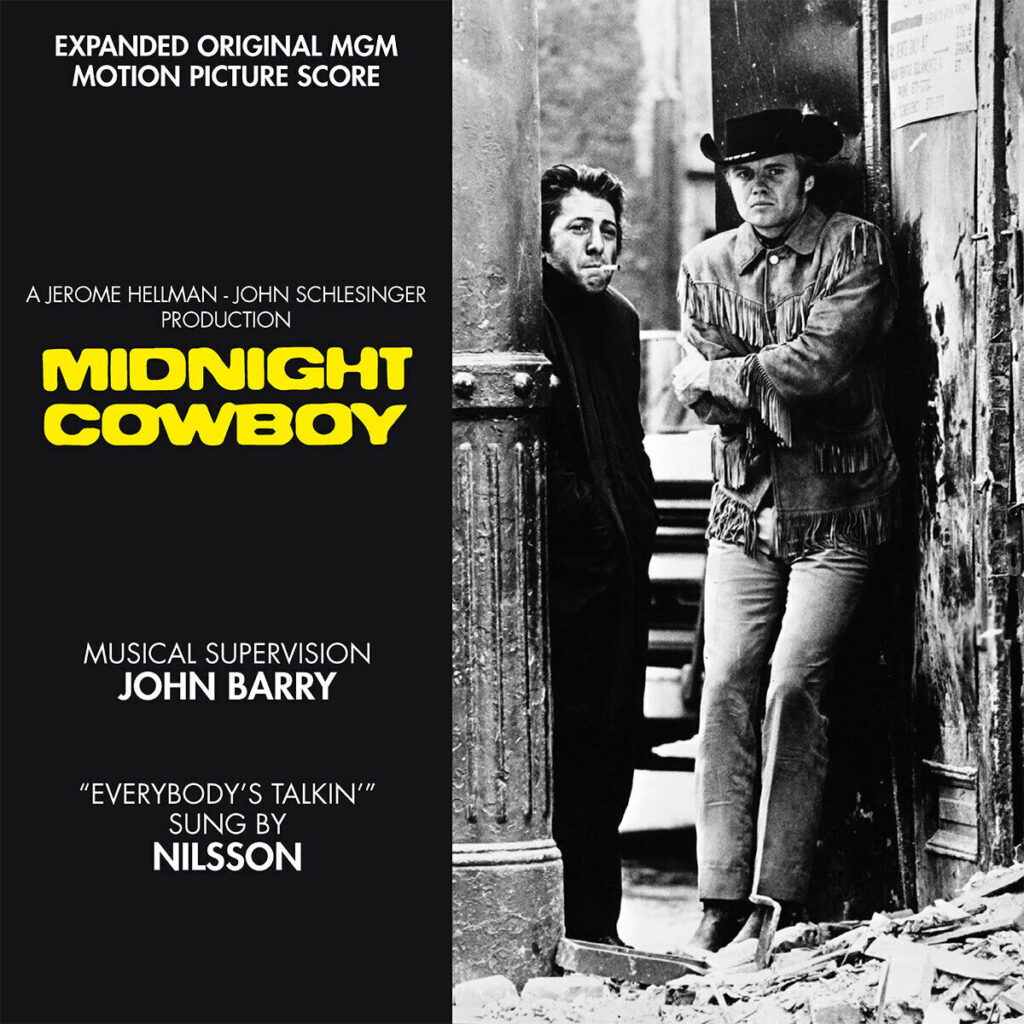HarmonicaUK started life as a Hohner marketing activity in 1935 and remained so until it was handed over to the members in 1981. It was first called the Hohner National Song Band League (SBL), then the National Harmonica League (NHL) in 1982 and finally HarmonicaUK in 2021.
Roger Trobridge takes over from Colin Mort and John Walton
The new millennium, 2000, brought about a rebirth of the National Harmonica League. John Walton and then Colin Mort had created and kept the now independent NHL running since 1981, but at a personal cost to themselves. The membership of about 300 was not growing and many of the members who had helped to run and inspire it had stood down or died.
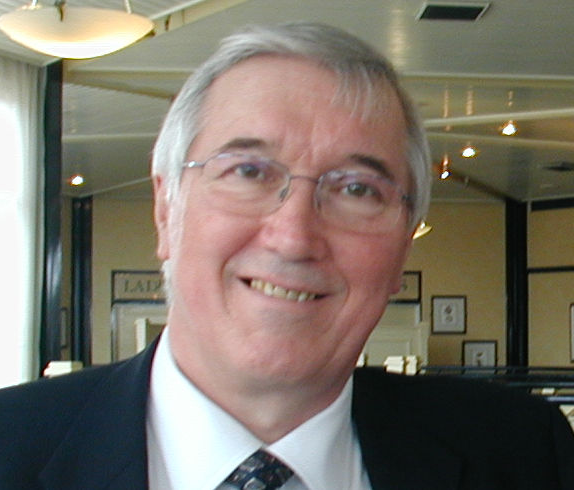
The friction between the John and Colin and their respective organisations, the IHO and the NHL, was not helping. The successful International Millennium Festival in Bournemouth run by John Walton marked the end of the IHO and Colin asked me to take over as Chairman of the NHL. Apparently my experience developing Mars/Dove ice cream made up for my inability to play the harmonica. Larry Adler died in 2001 and Paul Jones agreed to take over as President.
Moving into the digital age
Times had changed and I was familiar with the (then) new world of the Internet and I had already started integrating our activities into a website packed with information about what we did, plus educational resources and forums to bring the membership together. The improved communication by Skype and email also meant that meetings no longer had to be held face to face and documents could be shared instantly rather than sent by post. Another effect was that the committee could now function with members based in their home. Administration costs almost disappeared.
Other things had changed. The older members had been mainly chromatic players but younger diatonic blues players were getting involved. I am a researcher at heart and it was apparent that there was no archive of what had been achieved so I set about collecting what I could from previous Chairmen (John Tyler, John Walton and Colin Mort) as well as Steve Proctor (Sutherland Trading) who was part of Hohner at that time, and collectors like John Bryan and Brian Holland. These showed that the tremolo and traditional music, particularly English music, were not really represented in the NHL. A meeting with Ernie Gordon and his friendship with Will Atkinson was instrumental in remedying this.
The expanded annual festivals
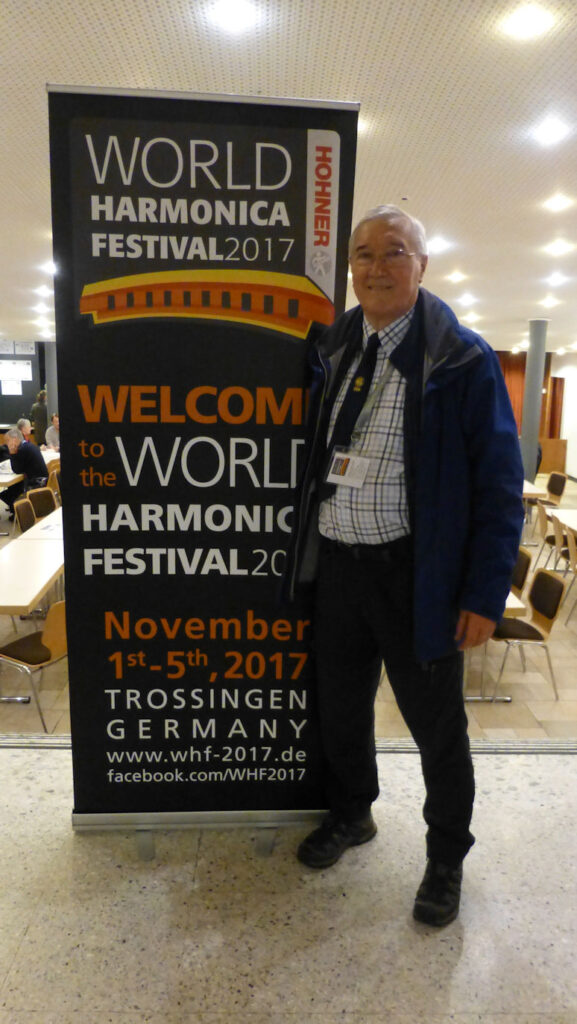
In 2001, I attended the SPAH Convention in Denver and the World Harmonica Festival (WHF/Hohner) in Trossingen, Germany.
Both of them lasted for four days and showed the value of “total immersion” festivals.
The contacts I made with artists, enthusiasts and administrators turned out to be vital as the NHL began to evolve and grow its range of activities.
We needed to find a way to do the same and we were very fortunate that Ben Hewlett was teaching at the Folk House, in Bristol. In 2001 we convinced them to hire out the whole building to us from Friday night to Sunday afternoon and we established a long running, tolerant, agreement with Jurys (The Bristol Hotel), and as they say, the rest is history.
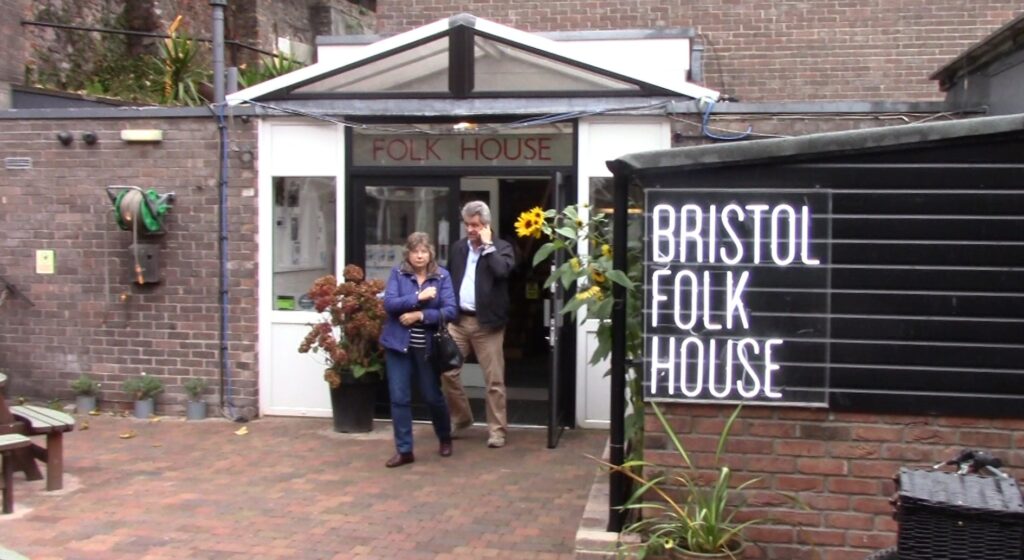
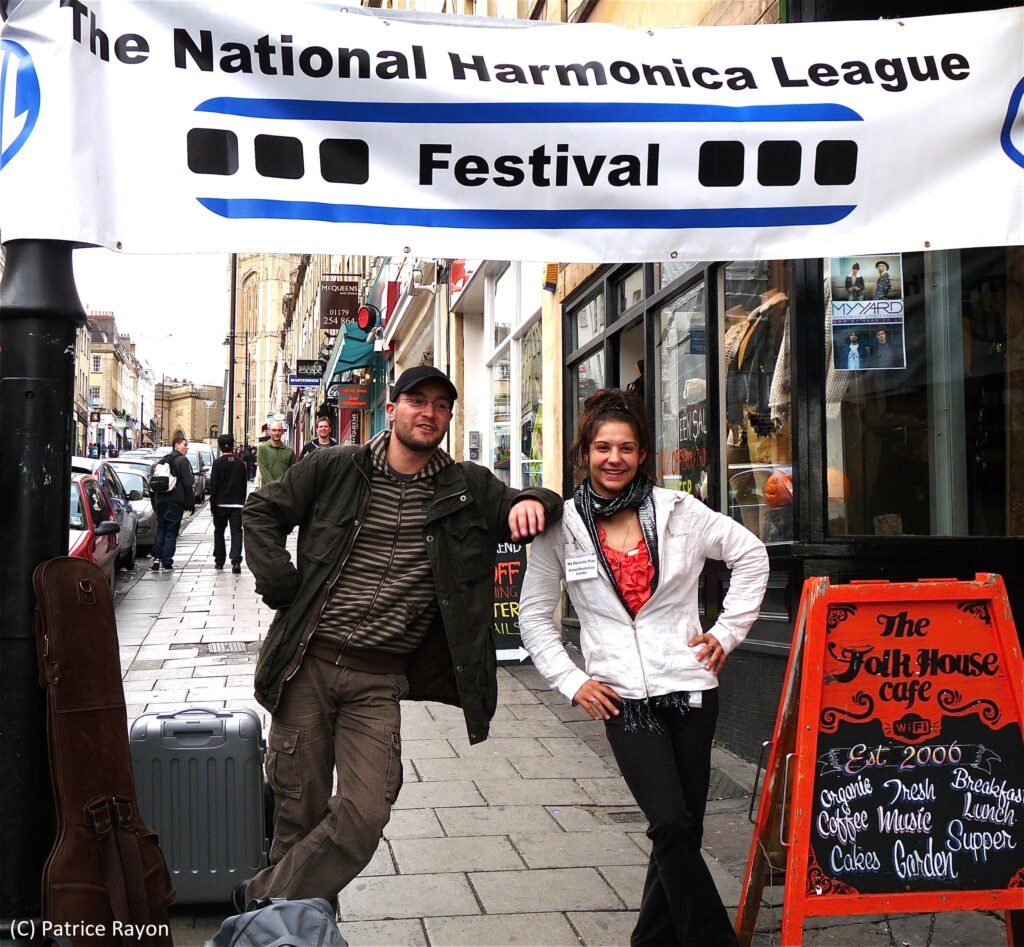
Taking part in the official side of the SPAH and WHF festivals showed that we were a member of the international harmonica community.
We became more outward looking both in the magazine and the many overseas artists we invited to our annual festivals, including a young Greg Szlap and Rachelle Plas, and established artists like Joe Filisko, Willi Berger, Will Galison, Pete ‘Madcat’ Ruth, Fata Morgana and Antonio Serrano. Howard Levy gave a workshop and concert in London.
The new committee members
Colin Mort and Frank Eatwell stayed on to help the new committee which was fortunate to pick up some very useful members. Pete Wheat had great contacts with the European Blues Association, Gerry Ezard combined a business background with a lifetime playing chromatic at the highest level. Phil Leiwy kept a tight grip on the finances and Dave Hambley modernised the membership systems. Barbara Tate looked after our IT needs. Many others helped where they could especially at the annual festival which Ben Hewlett organised. The membership rose steadily to over 600.
The Chromatic Weekend and Blue Saturdays
By 2005 it was clear that we needed to provide support for chromatic players as we had been doing with Blue Saturday tuition days for diatonic players.
We decided to run a weekend residential course in Birmingham partly for the location but also to be near to Jim Hughes and Philip Achille. The Chromatic Weekend started up in June in 2006 and following work by Gerry Ezard, Steve Dooley, Colin Mort, Neil Warren, David Hambley, Davina Brazier, and Hilvert Scheper. It is still running and is now located at the Hillscourt Hotel.
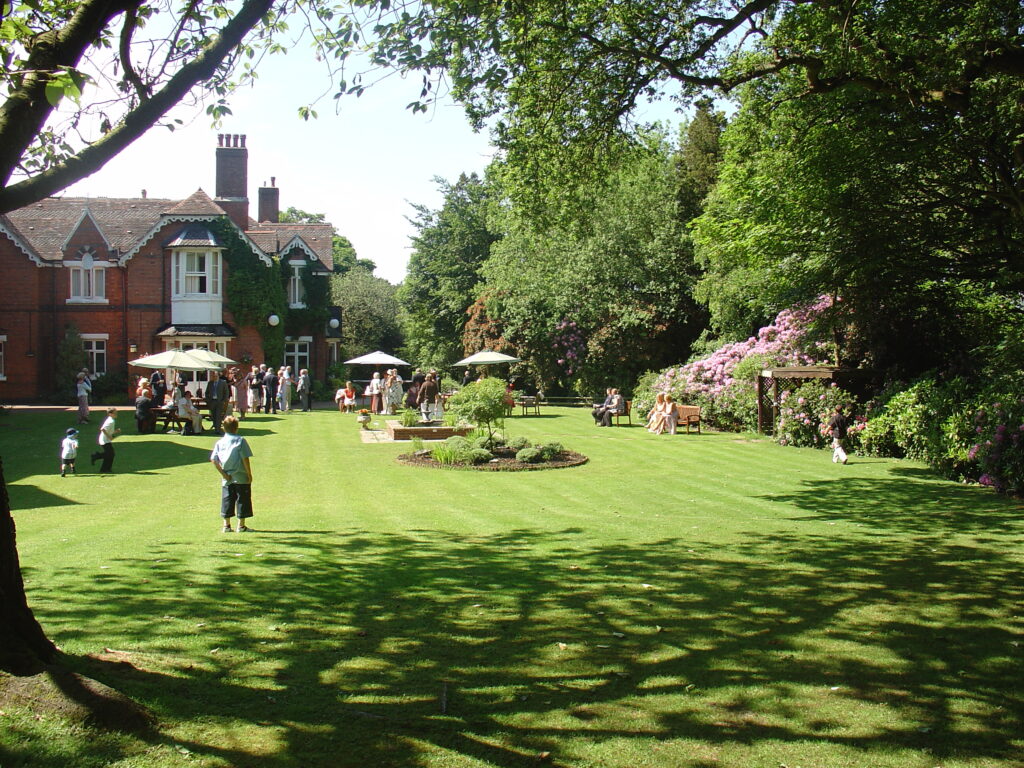
The NHL becomes a Charity
The NHL had wanted to be officially recognised as a charity like many other similar organisations, for a long time. In 2009 the NHL was granted Charity Status in recognition of the work it does. This had financial implications but it also is a public record of status of the organisation.
Ben Hewlett takes over as Chairman
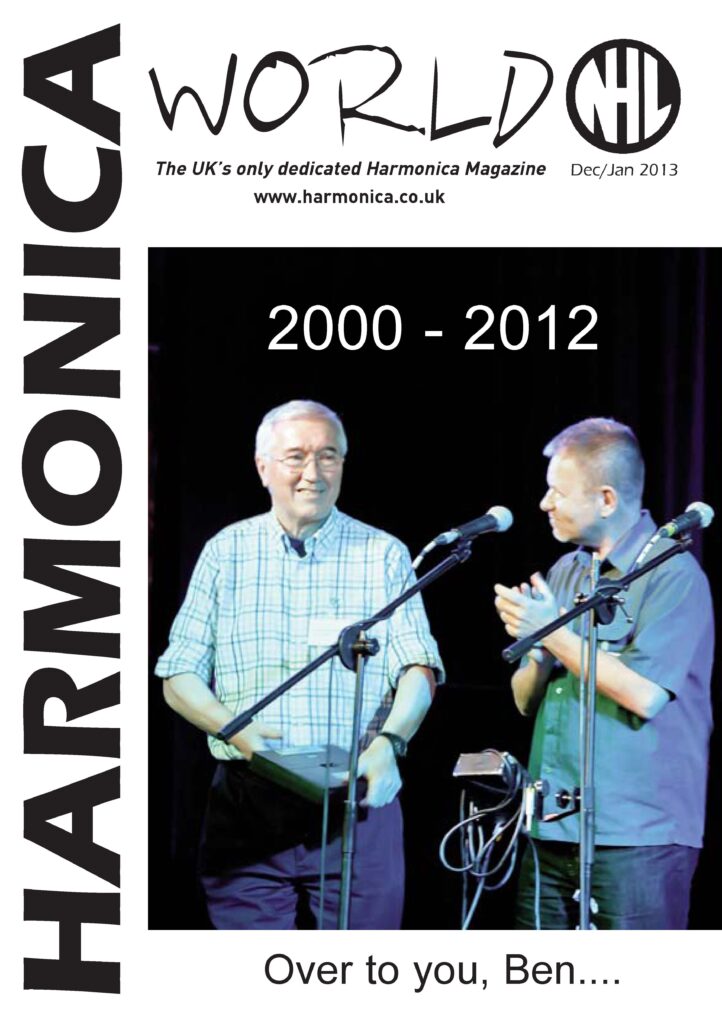
I stood down as Chairman in 2012 and Ben Hewlett took over.
This the end of the history as I need to tell it.
I stayed on as editor of the magazine which I had edited since 2002 and continued its development as the modern, international magazine that it had become.
Pete Hewitt becomes Chairman
Ben kept the NHL moving and tackled the three major problems he inherited. How to find a new editor for the magazine as I was long past retirement age, what to do about the name of the organisation, and to find successor to run the organisation? Dave Taylor took over as editor in 2019. The name change took a few years to happen but finally he solved his biggest problem when he persuaded Pete Hewitt to take over as Chairman in 2020.

Pete has revolutionised and reinvigorated the organisation using his management and people skills to find and entrap many new volunteers. The responsibilities are now spread more broadly making the organisation more resilient, as shown by its reaction to Covid restrictions. A series of On-line Festivals, regular workshops and a coffee morning were established to expand the contact with members. Barry Elms, Dave Colclough and Steve Pardue brought a totally professional approach to the magazine.
Working with Richard Taylor, Pete oversaw an impressive brand relaunch program which has resulted in the official change in name to HarmonicaUK. A set of brand images and core values which have been applied to the new web site, the magazine and all other activities like the Outreach programme.
Into the Future with Barry Elms and Dave Colclough
HarmonicaUK has a secure and developing future, building on it’s deep roots in harmonica history.
Barry Elms took over as Chairman in 2022 and Dave Colclough succeeded him in 2023.
Back to History of HarmonicaUK home index page.

